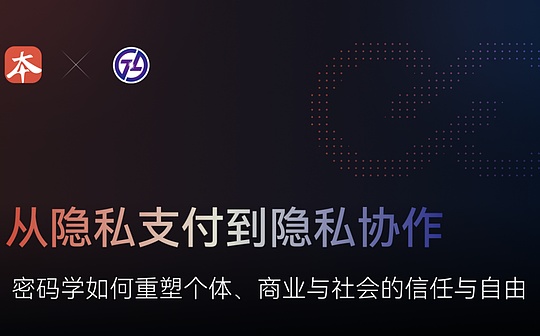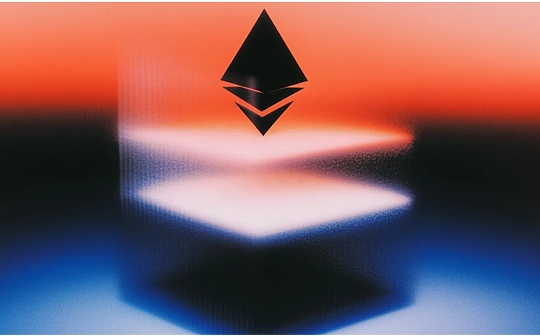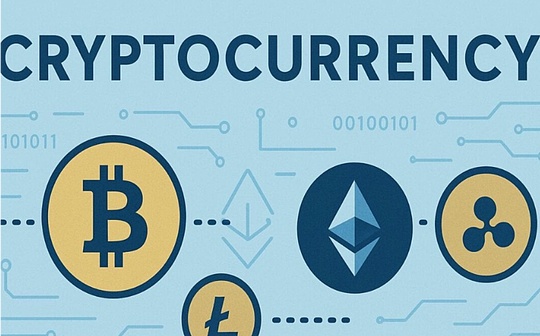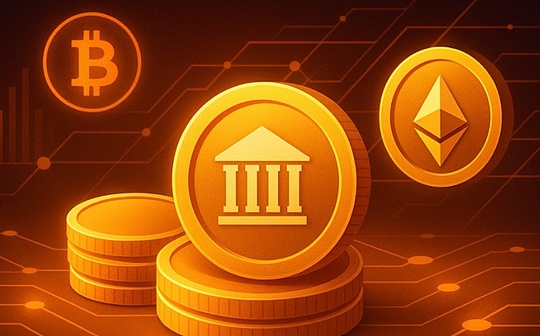
Author: Jay Jo, Source: Tiger Research, Compiled by: Shaw Bitchain Vision
summary
-
Global Centralized Exchange (CEX) is launching its own blockchain to secure new revenue streams.Upbit and Bithumb may join the competition.
-
Four scenarios may occur: the Layer 2 network based on OP Stack, the Korean won stablecoin infrastructure, leveraging South Korea’s unique market liquidity, and the tokenization of Pre-IPO stocks.Each scenario reflects the unique market conditions in South Korea.
-
Regulatory restrictions and technical complexity remain significant obstacles.It will be quite challenging to implement in the short term.However, the decline in trading volume and intensified global competition suggest that both centralized exchanges must seek new growth momentum.
1. Preparation, Setup, Startup: CEX-led infrastructure competition begins
Centralized exchanges (CEXs) have been engaged in competition in blockchain infrastructure.Coinbase launched Base, Kraken launched Ink, and Robinhood joined in recently.The competition is getting more and more intense.
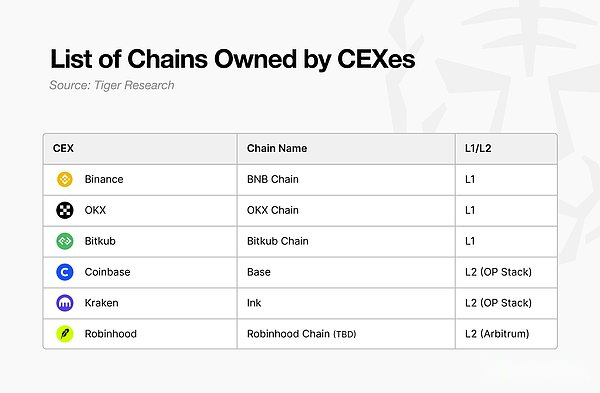
This fierce competition stems from the limitations of the paid business model.Centralized exchanges (CEX) rely on the charging model as the most stable source of income in the cryptocurrency industry.However, these models rely heavily on market conditions.This has created the need for income diversification.In addition, CEX previously only competed in limited regulatory jurisdictions.Today, the competition stage has expanded to the world.DEX also challenged centralized platforms by occupying more than 25% of the market share at its peak.
at the same time,Mainstream adoption of cryptocurrencies is accelerating.This opens up new business opportunities outside of transactions for CEX through its blockchain infrastructure.These changes will accelerate CEX’s competition in launching its own blockchain.
2. What happens if Upbit and Bithumb launch their own blockchains?
CEXs around the world are competing to launch their own blockchains.This naturally begs the question: “Will the main CEXs in South Korea, Upbit and Bithumb, follow suit?” To evaluate this possibility, we need to examine the current situation of these CEXs and their previous attempts.
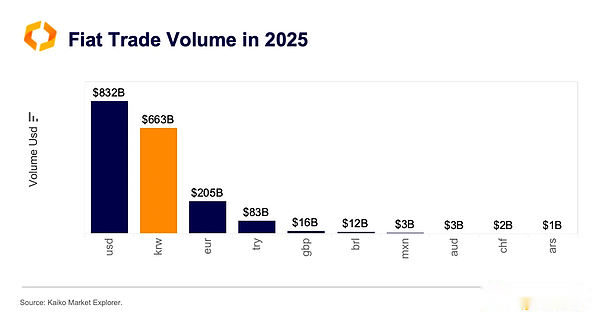
South Korea occupies a unique position in the global cryptocurrency market.The Korean won (KRW) trades in second place after the US dollar (USD) in global fiat currencies, sometimes even surpassing the US dollar.No other country can have such high trading volume.Such a market environment allows Upbit and Bithumb to grow into large enterprises (South Korea stipulates that enterprises with assets exceeding 5 trillion won are large enterprises).

However, this structure is changing.Trading volumes on Korean centralized exchanges have been declining since reaching an all-time high in 2021.Local users are migrating to global centralized exchanges or DEXs such as Binance and Bybit.This meansSouth Korea’s centralized exchanges are gradually entering an environment where they cannot rely solely on South Korea’s liquidity premium.
The centralized exchange in South Korea (CEX) has noticed these changes.Upbit and Bithumb are both trying to achieve global expansion through overseas subsidiaries and diversification.However, it is difficult to gain a competitive advantage abroad with the brand “Korea CEX” alone.They launched various platform-based businesses, but most failed.These businesses lack connection with the core advantages of CEX.Regulatory sanctions also limit business diversification efforts.
The wind of change is blowing.Trump’s policy of supporting cryptocurrencies has improved the global regulatory environment.Centralized exchanges (CEXs) can now implement new growth strategies more actively.In this context,For Upbit and Bithumb, launching your own chain has become a viable option.
If they launch blockchain, different results can be expected.They can directly take advantage of their own strengths: a large user base and sufficient liquidity.South Korea’s unique market characteristics further increase the potential for creating differentiated value.
Expected scenario 1: Building a Layer 2 network based on OP architecture
If these centralized exchanges build their own chains, they might choose Layer 2 instead of Layer 1.
The main reason is development complexity and resources required.The development and operation of Layer 1 requires a lot of resources.Despite the lowered threshold of the Rollup service, Layer 2 still requires a lot of expertise.Kraken’s Ink project involves about 40 developers.For centralized exchanges, building and operating such infrastructure independently can be a heavy burden.Their goal is to expand the platform business through infrastructure rather than build high-performance infrastructure on its own.
Regulatory risks further exacerbate the complexity of the situation.Layer 1 Blockchain requires issuing native tokens, but South Korea’s regulatory environment makes it almost impossible to issue tokens and faces severe regulatory penalties.therefore,Following Coinbase’s approach, the Layer 2 model that runs without native tokens becomes the most practical alternative.
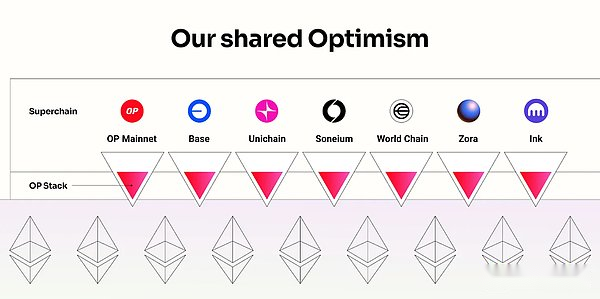
Layer 2 has multiple architectures developed, but the Global Centralized Exchange (CEX) has adopted Optimism (OP) Stack as the de facto standard.Coinbase’s Base and Kraken’s Ink are both built on this basis and become reference models for CEX.Robinhood chose Arbitrum for different strategic goals.Coinbase and Kraken are committed to expanding the broad ecosystem through interoperability, while Robinhood focuses on bringing financial services to the chain.Arbitrum’s greater customization flexibility may be better suited for this model.
Upbit and Bithumb have similar goals to Coinbase.Both centralized exchanges must leverage their large user base to expand on-chain services to overcome the limitations of the fee-based model and create new revenue streams.Openness and interoperability are crucial to this extension.therefore,If Upbit and Bithumb launch their own public chains, the most likely option is the public Layer 2 network based on OP Stack.
Expected scenario 2: Korean won stablecoin infrastructure
Another scenario where Upbit and Bithumb launch their respective chains is building dedicated infrastructure around Korean won stablecoins.
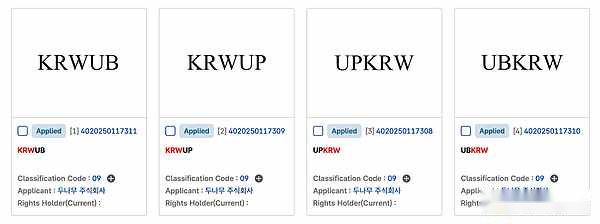
Both centralized exchanges are actively deploying in the stablecoin market.Upbit and Bithumb have applied for stablecoin-related trademarks.Upbit and Bithumb have submitted trademark applications related to stablecoins.Upbit officially announced plans to enter the Korean won stablecoin market through cooperation with Naver Pay, South Korea’s leading mobile payment service.Given that Upbit is the most likely candidate, the reality is that Naver Pay issues stablecoins based on Korean won, while Upbit provides blockchain infrastructure.This structure is in line with the Virtual Asset User Protection Act, which prohibits CEX from trading virtual assets issued by itself or affiliates.
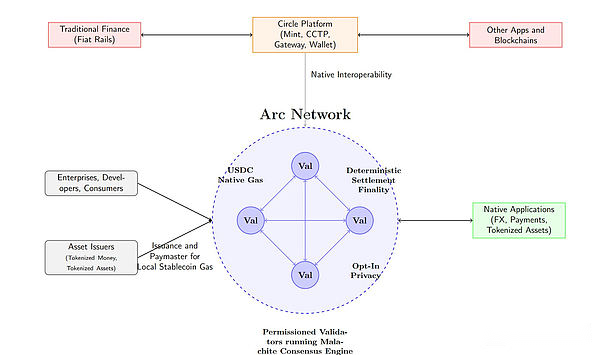
In this case, the key is to build an infrastructure specifically targeting stablecoins.They can achieve differentiated services by adding real-world payment and privacy protection capabilities.The network can be designed to pay transaction fees using Korean won stablecoins.This is similar to USDC’s Arc network mode.The goal is to build an ecosystem in which all transactions revolve around stablecoins.This structure provides users with stable costs while creating sustainable demand for Korean won stablecoins.
But there are technical limitations in this situation.Optimism uses Ethereum to pay for handling fees by default and stops support for custom handling fees tokens.Therefore, a custom-made Arbitrum-based Layer 2 or a Layer 1 using Korean won stablecoins as native tokens may be a more suitable option.
Expected scenario 3: Strategy to utilize Korean liquidity premium
One strategy that Upbit and Bithumb can try is to take advantage of South Korea’s liquidity premium.South Korea currently has huge liquidity and ranks second in the world in fiat currency.However, this liquidity is still limited to the internal system of centralized exchanges.
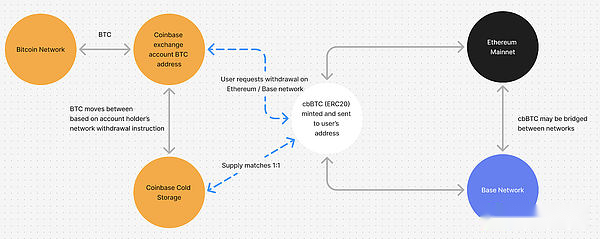
Centralized exchanges can issue packaged tokens such as upBTC and bbBTC based on deposited assets.Coinbase’s cbBTC is a typical example.These encapsulated tokens can be used on other chains, but if the platform provides convenient features such as one-click integration in its applications, users may stay on the chain built by CEX.This attracted project teams to build in these ecosystems for liquidity.An active ecosystem enables CEX to earn infrastructure-based revenue.CEX can also directly test other business models such as using encapsulated tokens for lending.
Expected scenario 4: Entering the stock tokenization market before listing
Another strategy that Upbit and Bithumb can choose is to enter the stock tokenized market before listing.Upbit has operated a pre-listing stock trading platform through Ustockplus and has accumulated experience.However, this is still a P2P matching pattern and buyers must respond to sell orders.Without a counterparty, the transaction cannot be completed.This pattern has problems with low liquidity and unpredictable execution.
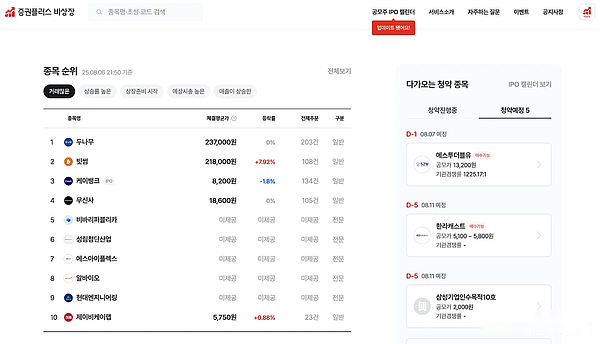
Tokenization of stocks before listing on independent chains has changed this situation.Tokenized stocks can be traded continuously through liquidity pools or market makers.The transfer of ownership is automated and transparent through smart contracts.In addition to simple transaction efficiency improvements, functions such as automatic dividends, conditional transactions and programmable shareholder rights can also be implemented on-chain.This makes it possible to design financial products that cannot be achieved by existing securities systems.
Naver’s recent pursuit to acquire Ustockplus shares in Dunamu is worth paying attention to.Upbit can provide blockchain infrastructure, while Naver is responsible for platform operations and physical stock management.This structure works well under current regulatory restrictions.This approach separates trading infrastructure from securities management roles and reduces institutional risks.It makes access to tokenized markets possible while solving the limitations of existing services.
3. Conclusion
We explore various situations that Upbit and Bithumb’s own chains may present.However, there are still many obstacles in reality.The biggest constraint is supervision.South Korea has adopted an active regulatory approach, which makes it difficult to launch services that are not clearly stipulated in the law.The regulatory burden faced by the two centralized exchanges has also increased after being designated as large conglomerates.Additionally, they lack leaders like Base’s Jesse Pollak with Web3 native thinking.Technical complexity adds another layer of difficulty.The possibility of these chains being implemented is still very low in the short term.
However, there are still sufficient possibilities for these attempts.Domestic trading volume in South Korea has been declining since its peak in 2021.Global competition continues to intensify.The charging model alone obviously has growth limitations.Previous attempts to diversify revenue failed to achieve significant results.Continuous growth requires new driving forces.Boldly trying to build your own blockchain can be one of the pillars.This represents the most practical business diversification strategy that can leverage its competitive advantages: user base and liquidity.
Furthermore, these possibilities require a shift in regulatory attitudes to become reality.With the guarantee of policy support for the healthy development of the market and institutional flexibility, Upbit and Bithumb can conduct various business experiments more actively.This could be an opportunity to enhance the competitiveness of South Korea’s entire blockchain ecosystem, not just the growth of these two centralized exchanges.


